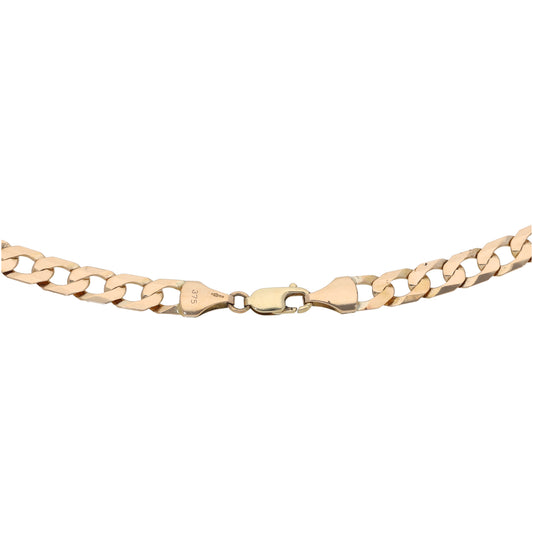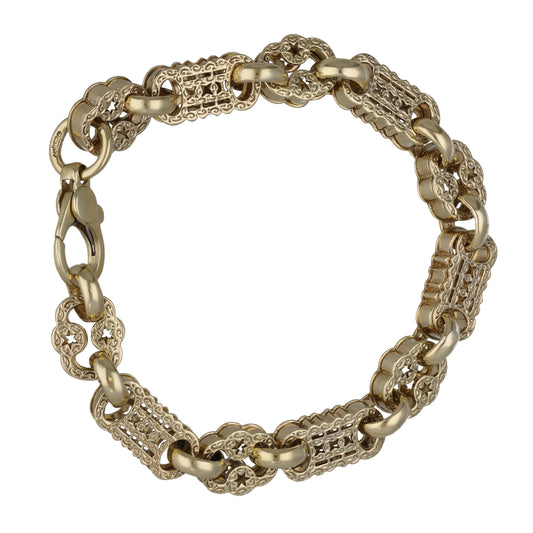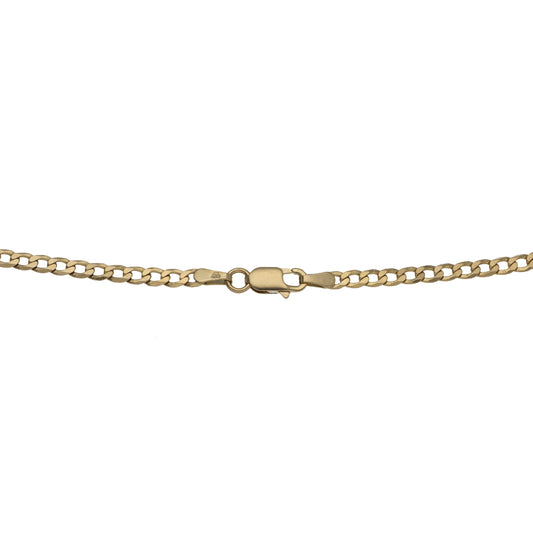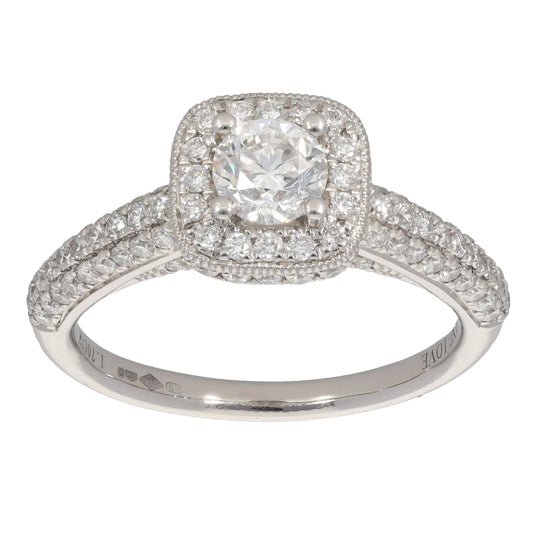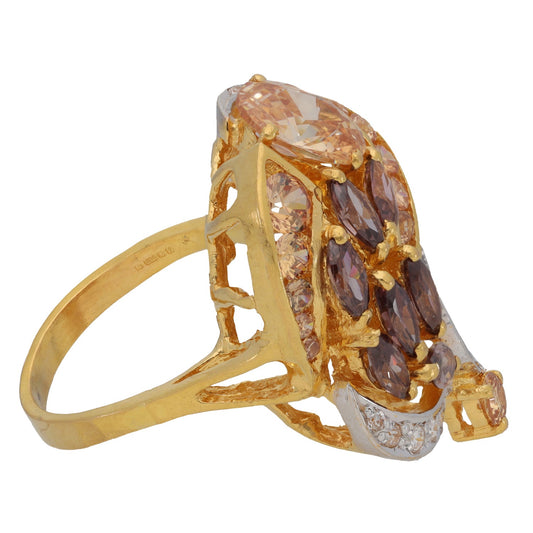- Natural Salt Water Pearl
- Cultured Salt Water Pearl
- Cultured Fresh Water Pearl
- Cultured Tahitian Pearls
Natural Salt Water Pearl
The natural salt water pearl grows organically in certain types of mollusc. These are the pearls most people associate with because they’ve watched divers on the tv plunge into deep seas and cut open an oyster, revealing a shining pearl.
Sadly, due to pollution and other factors such as climate change, they are now extremely rare.
Cultured Salt Water Pearls
Salt water cultured pearls are produced artificially in specialist farms. They’re created by introducing a glass bead into an oyster so a natural secretion of the host mollusc forms around the bead. This is called Nacre. It’s because of this, some people believe pearls to be unlucky as they’re connected to the oyster 'crying'.
Cultured pearls were invented by Mikimoto Kokichi of Japan in 1893. They quickly filled the gap between natural and faux pearls and were the height of fashion throughout the 20th century.
This affordable alternative lost some of its desirability in the 1990's and 2000's when mass farming of cultured freshwater pearls became a cheaper, more diverse product that reached the market.
Cultured Fresh Water Pearls
Freshwater pearls have been around for centuries and most people associate them with the 'rice Krispy' look.

They are created the same way as the saltwater variety except they’re significantly cheaper as freshwater mussels are larger and can produce more pearls at a time. They come in a variety of colours too.
Because of the affordability and diversity of these pearls, it’s driven the re-popularity of this beautiful gem once more.
Cultured Tahitian Pearls
At the time of the millennium, cultured Tahitian pearls became the must have fashion accessory. These pearls were much larger than normal cultured pearls as they came from a much larger Oyster and were, as their title suggests, taken from the Tahitian seas. They came in a range of colours, with black being the most coveted. At the height of their popularity, a single string of these pearls would cost thousands of pounds, but the price has fallen back recently.
Why are Pearls Valuable?
Historically, large natural pearls have been the bastion of Royalty, Maharajas and the world's wealthiest.
Throughout the Victorian and Edwardian times, pearls were very fashionable and very small. Large natural pearls were and still are rare which makes them unbelievably valuable today. Strands of pearls - and in some cases a single pearl, can be worth millions of pounds.
The Queen and Pearls
The Queen's favourite piece of jewellery (which she wore at her wedding to Prince Phillip), is her three row natural pearl necklace which she wears almost daily. Aside from wearing your wedding ring daily, we love the idea of wearing your other wedding jewellery as regular pieces - not everything has to be reserved for special occasions!
The 'Queen Alexandra Tiara' with matching earrings is made of pearls, at formal functions, both the Queen and the Duchess of Cambridge have worn it.

Source/Credit: https://www.pinterest.co.uk/pin/370421138110672823/
Princess Diana and Pearls
Princess Diana loved cultured pearls. Her favourite necklace was made by Garrards, the crown jewellers. She also loved to wear an opera length cultured pearl necklace. With Princess Diana being a leader in fashion, she sparked a renaissance in the cultured pearl market.

Source/Credit: John Mathew Smith & www.celebrity-photos.com from Laurel Maryland, USA
If we’ve sparked your interest in pearls, you can read more in our June birthstone blog or pop into your local store and see our unique pearl collections.






